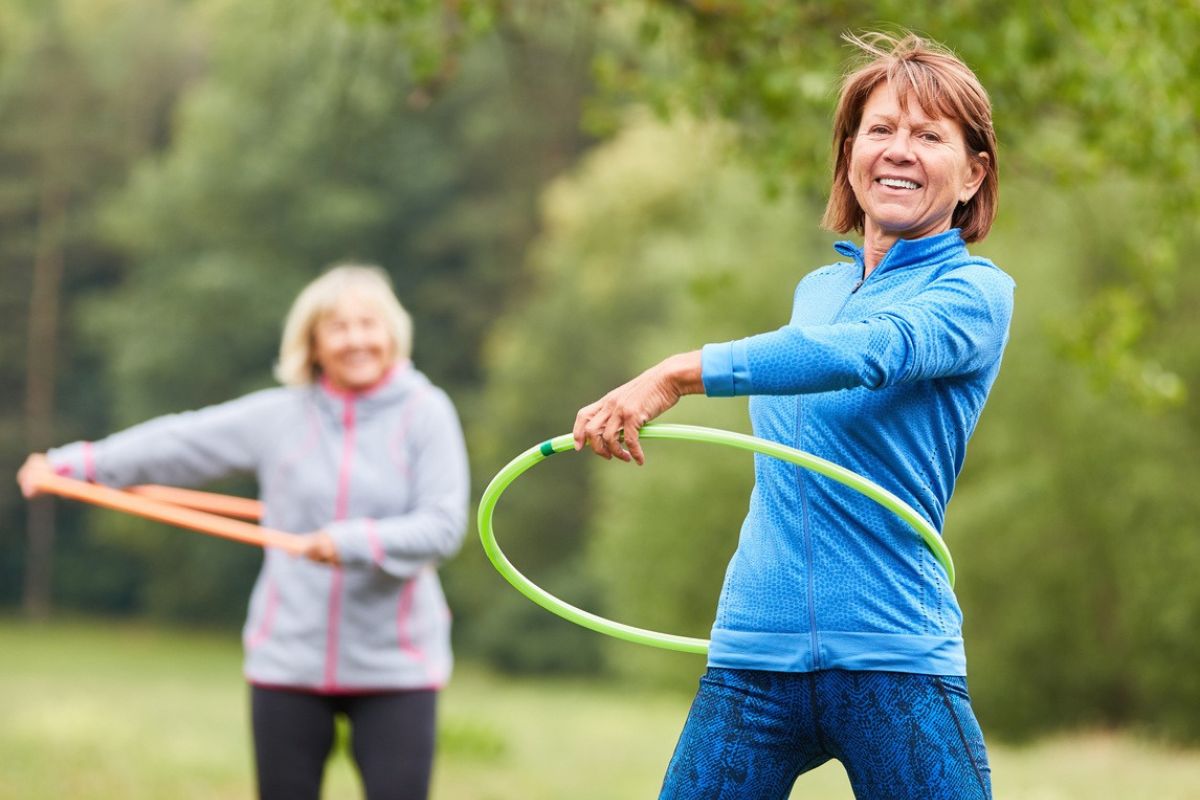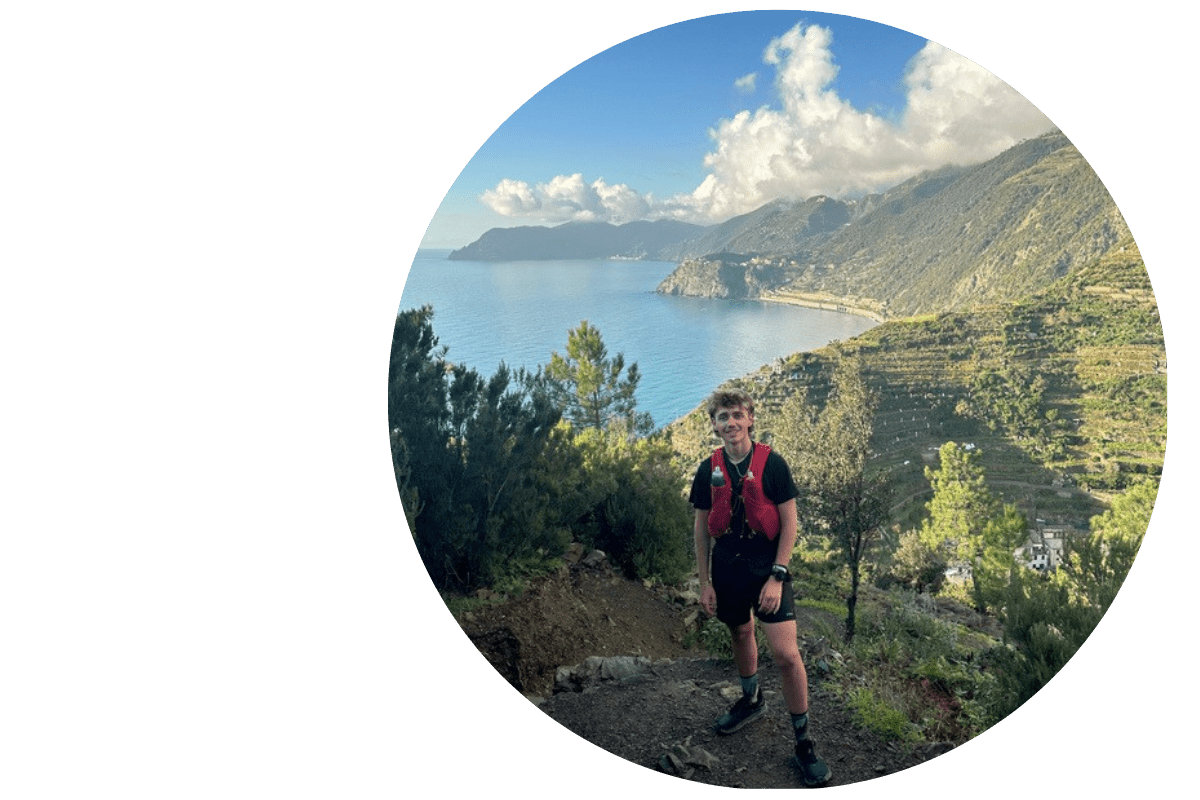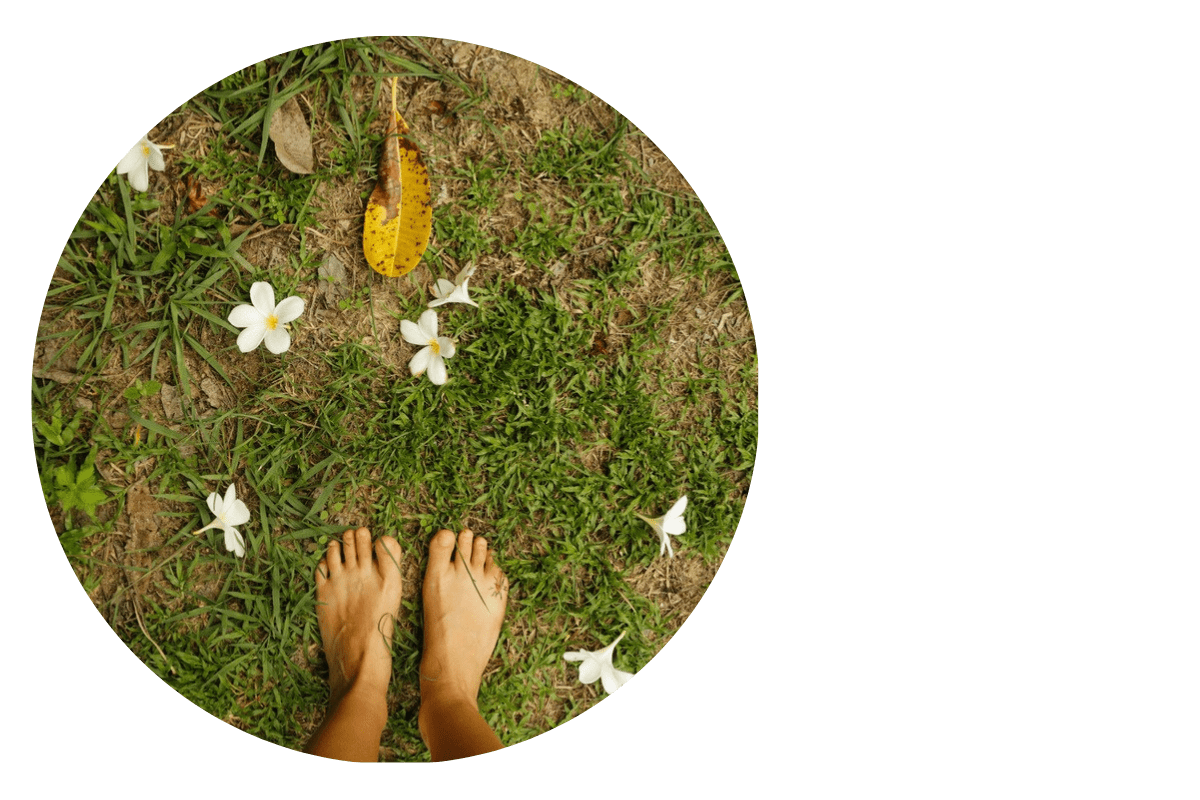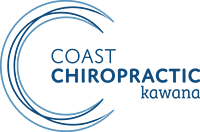
Movement is often talked about as something we should do, must do, wish we did. A synonym for ‘exercise’ – a word associated with ambivalent feelings or maybe a sense of pressure. It is seen as something we need to do to achieve an outcome. “I need to do three 5km runs this week to be able to finish the local 10km fun run… I need to go to the gym so I’m looking fly at the beach”… the list could go on.
However, movement isn’t something that we do, it’s who we are.
Our brain is fed by movement, grows with movement, thrives with movement. It is most clearly seen in babies, where their brain develops rapidly with new brain cells growing, fresh synapses constantly forming and capabilities increasing every week. In fact, baby’s form 1 million new neural connections every second!
This growth continues throughout our life. Our clever brain has a wonderful thing called neuroplasticity. In essence, new patterns of thought or movement rewire how our brain works. This occurs every second, every minute, every hour of the day, 365 days per year for the rest of our lives.
Neurons that wire together, fire together.
This can be applied to the areas that we place our attention on, therefore strengthening the ability of our nervous system to do things such as focus, write, be creative, play tennis, and so on.
It’s pretty cool that we change the way our brain both functions AND is structured based on what we DO.
This also applies to movement. Through movement we express who we are, we alter the very matter our brain is made of. We send out between 100 billion to 17.2 trillion nerve signals per second, with 95% of this unconscious. This is an unfathomable number.
Always Getting Feedback
When we move, signals also get sent back to the brain, telling it whether the outgoing signals did what they were meant to do. The motor cortex then changes the signals it sends out, to better meet the desired result. This is an example of ongoing neuroplasticity which occurs continuously.
In rats, it has been shown that running on a wheel can double or even triple the number of new neurons created in the part of the brain that is responsible for spatial learning (how we acquire a mental representation of our surroundings).
Proprioception Props Us Up
Our body contains millions of proprioceptors, little specialised receptors which help our brain to interpret where we are in space so that we can interact with our environment and MOVE. Our feet are our primary points of contact with the ground and their role in balance is critical. Therefore, the ability for inbuilt proprioception is foremost within the foot’s design. For this reason, the ankle is one of three parts of the body with the greatest density of proprioceptors (the others being the jaw and the sacro-iliac joints), with the spine also contributing to the vast remainder. These all function together to keep our body balanced and our eyes level so we can stand, move and thrive.
It is therefore crucial to make sure that all three of these areas are functioning optimally as they are integrally linked to each other and the brain. If they are moving better then they will send better quality information back to the brain which will lead to more positive neural changes and better quality of life.
Chiropractic care has been shown to cause significant neuroplastic changes in the prefrontal cortex, the area of the brain which has roles in problem solving, emotional regulation, decision making and cognition among others. How cool that we have the potential to think better as a result of getting checked! I might do my weekly crossword after my adjustment this week!!!
So when you next think about movement, think about how it is a process of physical and mental regeneration and change. Think of the connections it brings with other people and to yourself. Think about how it helps to make you, well YOU.
– Robbie

I like to Move it, Move it
Here is a simple checklist of things which you can do to move better and therefore think better.
- Movement every day – this could be walking, yoga, strength training, running, surfing, etc.
- Include things which bring you JOY as that will lead to more positive neural changes
- Barefoot walking, has a powerful grounding parasympathetic effect on the body and is amazing for improving the proprioceptive activity and health of our feet.
- Get adjusted!

Shaz Shares
“Motion is life – every step you take can move you closer to healing, strength and balance”

